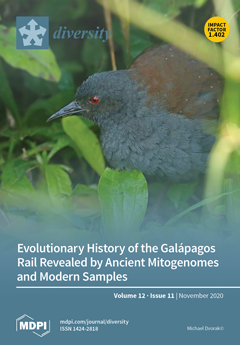The anthropization of the landscape of the Cerrado biome that has occurred over the past few decades has fragmented its natural environments, impacting the connectivity of the plant populations and altering their gene flow. Plant species may also reduce population size in response to sub-optimal climatic and environmental conditions, and observed distribution patterns may align with theoretical schemes, such as the center–periphery model, that is, it is possible that populations on the edge have lower genetic diversity than center populations, theoretically submitted to environmental conditions closer to the optimum. In this context, we evaluate whether the genetic diversity and inbreeding coefficients of Cerrado plant species are affected by landscape features and climate characteristics, and in particular, if the distribution of the genetic diversity of these plants is consistent with the center–periphery model. To do this, we conducted a literature search for genetic studies of Cerrado plant populations using Scopus, Web of Science, and Scielo databases and the species found were used as a proxy to explore patterns throughout the biome. The data were analyzed using generalized linear mixed models (GLMM) and multiple matrix regressions (MMRRs) to evaluate the effects of landscape features and climatic variables on the observed (H
O) and expected heterozygosity (H
E), allelic richness (
AR) and inbreeding (
Fis) patterns of the local populations. The landscape was evaluated in terms of the percentage land cover of agriculture (AG), forestry (FO), remnant vegetation (RV), urban areas (UA), pasture (PA), and water (WA) within buffers of 1 km, 3 km, and 5 km around the study populations. We analyzed 121 populations of 31 plant species. The GLMMs showed that H
O was affected by FO regardless of buffer size, while H
E was also affected by FO, but also by WA and UA.
AR was affected by WA and UA in all three buffer zones while the
Fis was affected by FO and AU. The MMRRs showed that WA may affect H
O, H
E, and
Fis within the 1 km buffer, while FO affects H
O and UA affects
AR within the 5 km buffer. In the case of the 1 km and 3 km buffers, however, the geographic distance between populations was identified as a factor determining the genetic diversity and inbreeding indices, indicating that isolation by distance may be an important factor defining the breeding patterns of the Cerrado plant populations. The GLMMs and MMRRs also showed that the mean annual temperature (MAT) and, to a lesser extent, isothermality (ISO) can explain the variation in genetic diversity observed in the Cerrado plant populations. We also found that the center–periphery model fits the distribution pattern observed in most of the species evaluated, including
Annona crassiflora,Annona coriacea,
Copaifera langsdorffii, and
Eugenia dysenterica. Our results indicate that changes in the climate and the landscape of Brazilian Cerrado must be considered carefully to guarantee minimizing the impacts of these processes on the genetic diversity of Cerrado plant species and ensuring the long-term conservation of these species in this biome.
Full article





